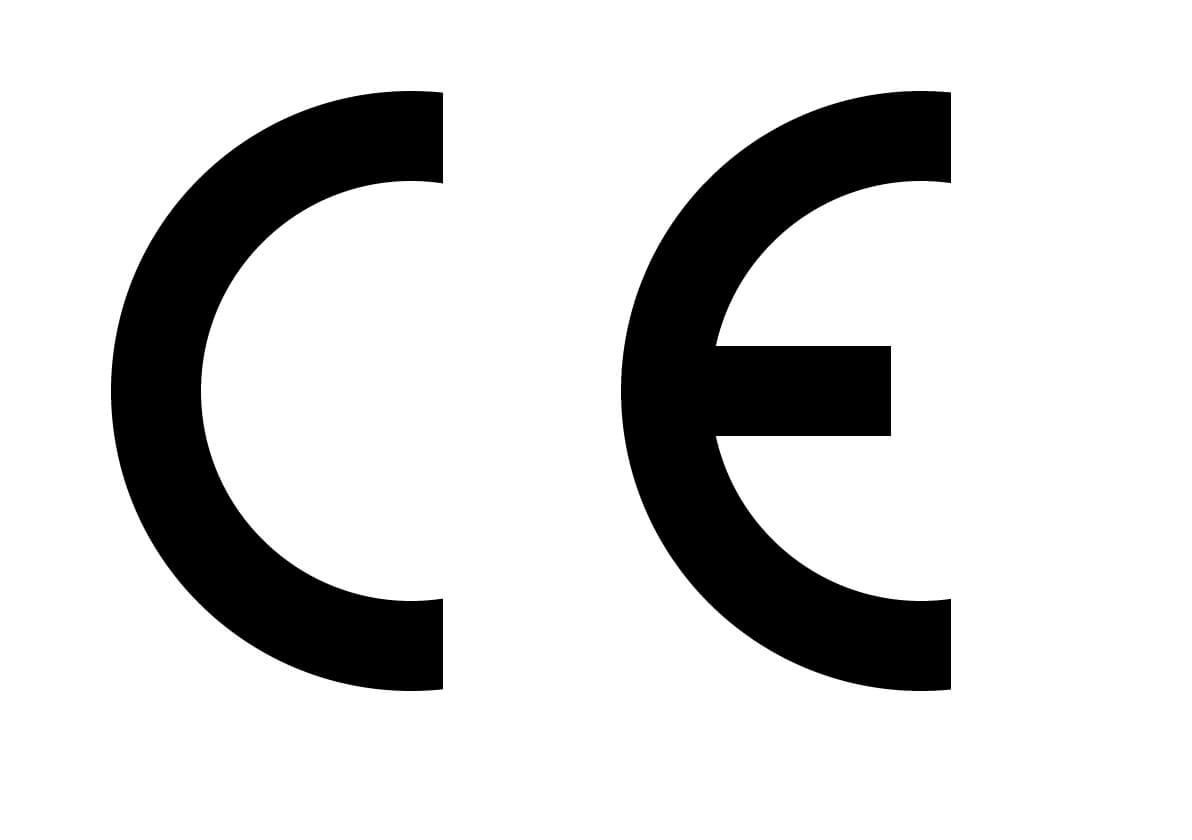Oct 28
2020
Three Different Medical Device CE Markings and What They Mean
The CE mark we know and recognize today was originally an EC mark, but in 1993, this was replaced with the CE mark we use now, which is found in directive 93/68/EEC. This CE mark is abbreviated from the French ‘Conformité Européene’ and is usually displayed on medical devices or on the packaging of medical devices sold in the European Economic Area (EEA). This CE mark is a form of proof that the medical device meets certain EU requirements.
A CE marked medical device, such as a hearing aid or a pacemaker, indicates that it meets the health, safety and environmental standards of the EU, as well as all EU legislation. CE markings aren’t just used for the member states of the EEA but Turkey and Switzerland also use this certification which is applicable to medical devices regardless of whether manufacturing happened inside or outside of the EEA. Because of the wide usage of the CE marking, it’s important that you as a user understand the different types of CE markings you will encounter.
The CE mark for European Conformity

If a product is intended to be used for medical purposes, is a contraceptive or is used to clean a medical device, it is likely a medical device. This is something that the manufacturer decides at an early stage, and if the product fulfils the criteria in the Medical Device Regulation (MDR) it will be classified as a medical device and receive the CE mark.
In particular, medical devices must meet the general safety and performance requirements of the MDR. This in turn, means that they have to meet the requirements of various ISO and IEC standards for medical devices.
Manufacturers are only allowed to affix the CE mark on a medical device after meeting those requirements. This means that the CE mark tells you as a consumer that the product is safe to use.